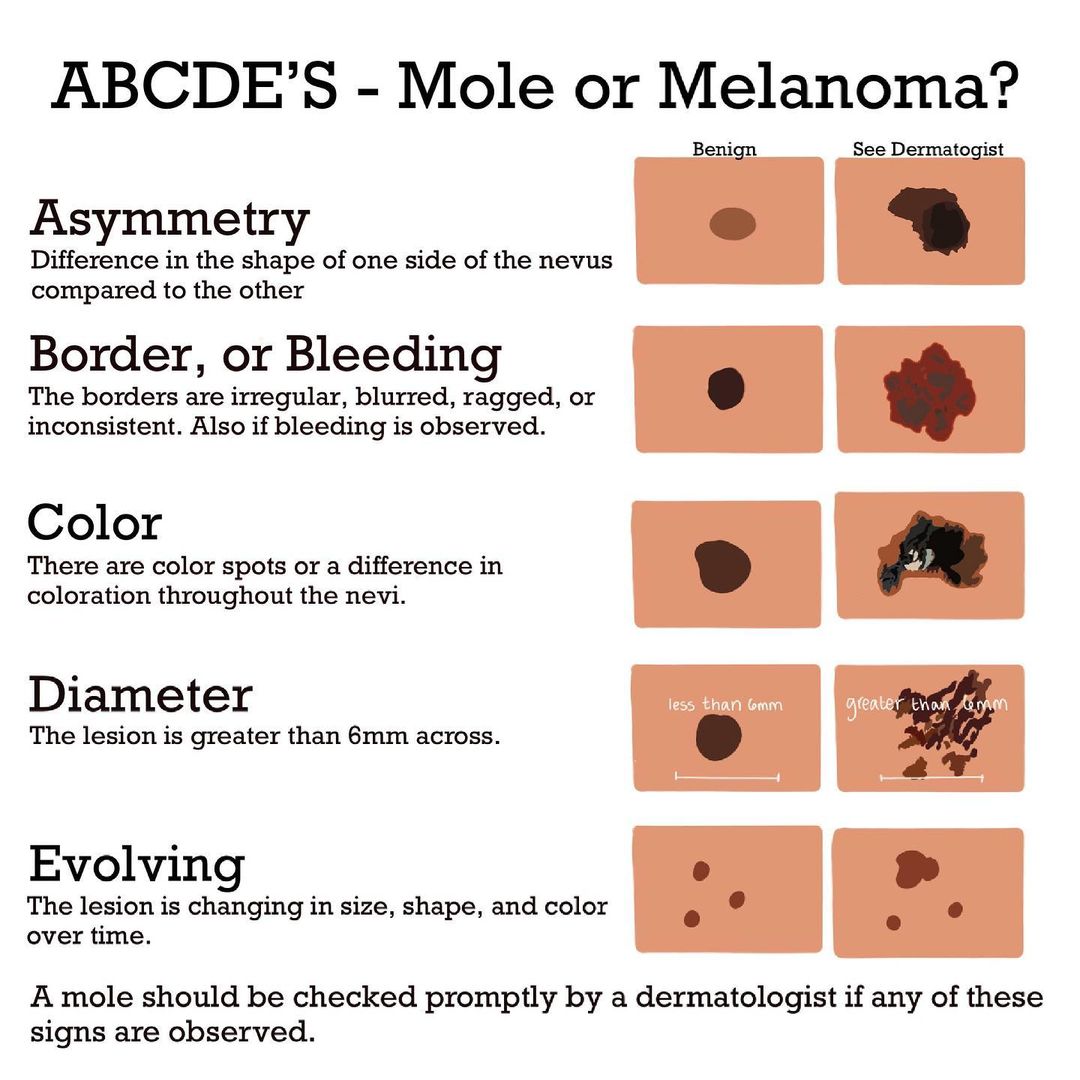Mole Shave Removal
Moles are generally harmless, but it is important to know that melanoma, the most serious and potentially deadly form of skin cancer, can develop in or around a mole, so knowing your moles is essential to the early detection of skin cancer.
If a mole looks suspicious, removing it may be your best option. Cosmetic mole removal is also an option if you don’t like the appearance or location of a mole.
Need a sooner appointment? Call our office directly for more options. 1.888.411.3376
Schedule a Skin Cancer Examination Online:
Step 1, Select a clinic location from field below, or call us at 1.888.411.3376 (DERM)
What Are Moles?
Moles are growth on the skin and are sometimes called beauty marks. They vary in color, shape and size. Some are the same color as your skin, while others may be a deeper tone. You may have a single mole in one area and groups of moles in others.
Moles typically develop during childhood and young adulthood. By the time someone is 20 years old, they may have anywhere from 10 to 40 moles. It’s common for moles to change slightly over time — some may fade away as the years go on.
Occasionally, changes in a mole’s appearance can be a sign of skin cancer. Moles that appear for the first time after age of 30 can also be a sign of skin cancer.
Types of Moles
There are several types of moles, and some carry greater risks of developing into melanoma than others.
Congenital moles are moles that you are born with. About 1 in 100 people are born with one or more moles. These moles range in size, color and shape. Congenital moles that are larger than 20 centimeters carry a greater risk of leading to melanoma.
Known medically as Dysplastic Nevi, atypical moles are usually larger than average (more than ¼”) and irregular in shape. They may be uneven colors, or colors not typical of moles. Atypical moles tend to run in families, and they carry the greatest risk of developing into melanoma.
Treatment and Cosmetic Mole Removal Surgery
Mole removal surgery is very common and usually painless.
There are two ways to remove moles, and both can be performed at our office. One method for removing the mole is called “shave excision.” The area around the mole is numbed, and a small blade is used to cut around and beneath the mole, removing it. This technique is generally used for smaller moles, and does not require stitches. The other method is called “excisional surgery.” This involves cutting the mole and the surrounding area of skin with a scalpel. This technique is usually used to remove potentially cancerous moles, and does require stitches to close the skin.

Why Would You Be Concerned About a Mole?
The best way to determine whether a mole is a problem is to have a dermatologist examine it. However, being familiar with the moles on your body and keeping a close eye on them is also essential. Moles that change in specific ways may be malignant.
When examining your moles, it helps to know your ABCDEs:
- “A” stands for Asymmetrical shape. Watch for moles with asymmetrical shapes, such as two very different-looking halves.
- “B” is for Border. Look for moles with irregular, ragged or blurred borders. This is one of the characteristics of melanoma.
- “C” is for Color. Look for moles that do not have the same color throughout or contain shades of brown, black, blue, white or red.
- “D” is for Diameter. Watch for moles that are larger than the eraser of a pencil.
- “E” is for Evolution. Look for changes over time, such as a mole that grows or changes shape or color.
Mole Removal Surgery
The providers at Berman Skin Institute use two methods to remove moles, and both are in-office procedures. The best option for smaller moles is a shave excision. During this procedure, the provider uses a razor to shave the mole off, removing layers of the mole at a time. In some cases, the mole can return following the removal.
The second option is mole removal surgery. The procedure involves the use of local anesthetic, so you remain fully conscious and usually feel no pain. Once the procedure is complete, you may notice some soreness in the affected area for a few days. After removing the mole, your provider will run tests to determine whether it is malignant or benign.
You can also have a mole removed if you dislike its appearance. Surgical mole removal performed by a medical professional is safer and more likely to provide the results you want than trying to remove a mole yourself.
Mole Removal Surgery Aftercare
You can return to work or home right after mole removal surgery. The dermatologist will likely cover the treated area with petroleum jelly and a bandage. You’ll want to keep the site clean and change the bandage regularly.
While you can go about your day after mole removal surgery, you may notice some soreness in the treated area.
Schedule a Consultation for Mole Removal in the Bay Area
If you are concerned about a mole, contact the Berman Skin Institute. Our team of dermatologists can examine any moles on your skin and recommend removal or leaving them alone. Schedule an appointment at the practice nearest you today.


